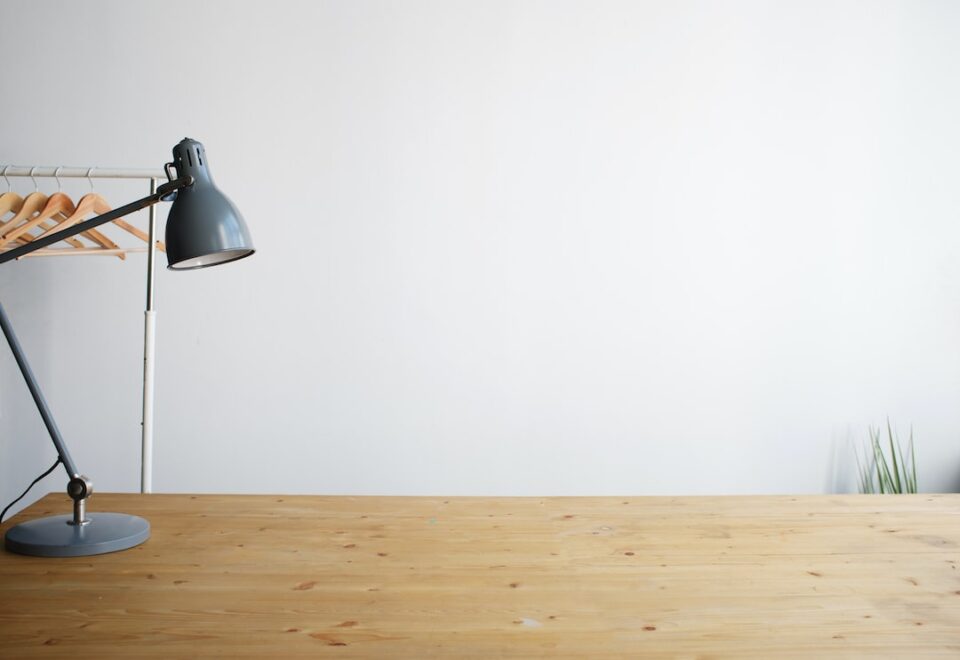Shadows can be a powerful design tool in creating dynamic and visually compelling content. They add depth, texture, and contrast to designs- providing a multi-dimensional aspect to the final result. Shadows are an effective way to create attention-grabbing designs that evoke emotion and convey a message.
Here are some creative ways to use shadows in design:
1. Layering Shadows:
Layering shadows can create a 3D effect while adding texture to the design. It provides an illusion of depth in the elements and adds visual weight to them. Layering shadows is a great way to emphasize call-to-action buttons and add dimension to flat designs.
2. Gradient Shadows:
Gradient shadows give a softer and seamless effect to design. They can provide a sense of depth that is not achievable with flat colors. By using multiple layers of gradient shadows, designers can create a ‘halo’ effect that mimics natural lighting.
3. Colored Shadows:
Integrating colored shadows in design is another creative approach to add a pop of color and dimension. Colored shadows can create visual contrast and enhance impact. They are particularly useful when creating transparent elements to add a stylized effect to the design.
4. Light and Shadow Pairing:
While shadows add depth to the design, light adds an overall warmth and vibrancy to it. By pairing light and shadow, designers can create a more dynamic and energetic element to their designs. Light and shadow pairing can bring attention to the focal point of the design and provide an illusion of light.
5. Cut-Out Shadow Effect:
The cut-out shadow effect is an excellent way to create depth and texture in flat designs. By creating a cut-out silhouette and applying a shadow effect on it, designers can bring a 3D effect to it. This design approach can showcase the cut-out elements in a visually appealing way.
6. Shadow Typography:
Shadow typography is a popular design trend in which designers use shadows to create depth and visual interest. By playing with the shadow length, opacity, and angle, designers can create visually appealing typography. Shadow typography, when paired with bold or contrasting colors, can add a vivid and striking element to the design.
7. Image Collage Shadows:
Collaging images and layering shadows can create a lively and visually compelling final product. By using contrasting images and layering them, designers can create depth and add a sense of movement to the design. This approach is particularly useful in creating digital marketing materials where attention-grabbing visuals are key.
In conclusion, shadows are a powerful and versatile design tool that can add depth, texture, and contrast to any design project. By using creative approaches such as layering, gradient, colored shadows, and light and shadow pairing, designers can create visually compelling designs that communicate effectively. Using shadows appropriately and effectively can elevate any design to new heights, making it stand out and grab the viewer’s attention.

